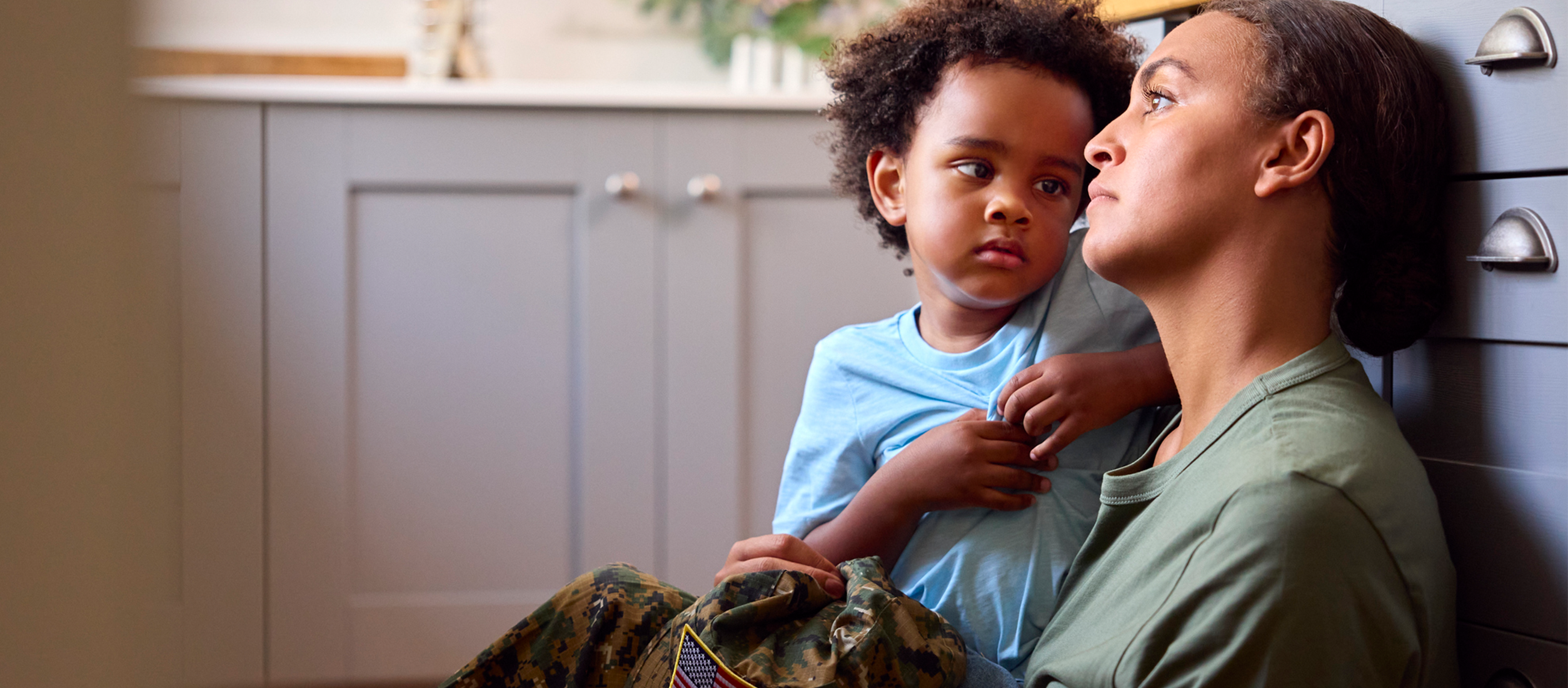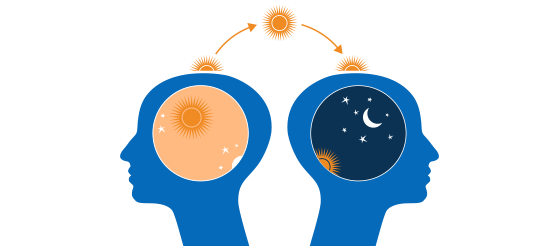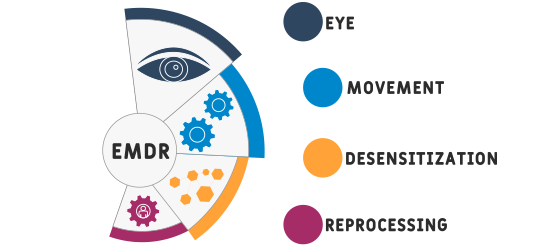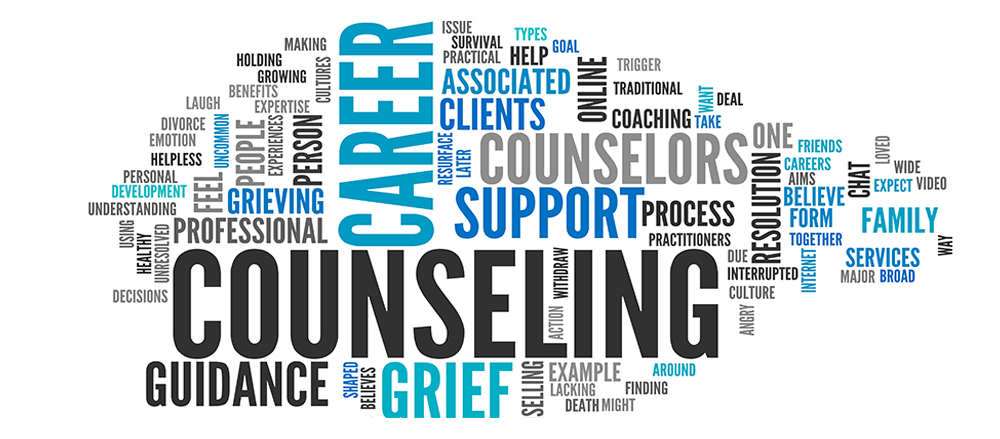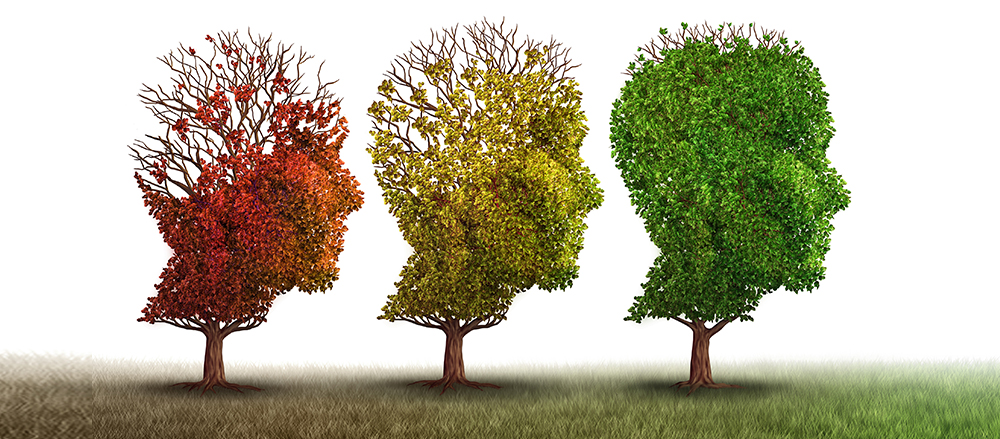Maternal Mental Illness
Structural changes occur as mothers undergo the childbearing process, impacting their physical, mental, and behavioral health. Individuals who are
Gender Therapy
Gender therapy is relevant to and especially useful for individuals questioning their preconceived notions of gender as well as those undergoing or
Transgender Counseling
Transgender individuals deserve nuanced care and counseling. As a majority of practicing psychologists are cisgender, counselors should seek
Cognitive Behavioral Therapy for Anxiety
Cognitive Behavioral Therapy (CBT) is an evidence-based treatment effective for a wide array of mental illnesses. The American Psychological
Cognitive Behavioral Therapy for Insomnia
Insomnia may be a symptom of a mental disorder or the standalone reason a client ventures into therapy for their sleep health. Cognitive Behavioral
Virtual EMDR: How to Do it and How Effective is it?
Eye Movement Desensitization and Reprocessing Therapy (EMDR) is a technique to help individuals process and minimize the long-term effects of trauma.
How to Become an Integrated Behavioral Health Clinician
Integrated behavioral health clinicians approach their treatment with a holistic view of medical, psychological, and behavioral research. In their
Types of Mental Health Counseling
Mental health counseling is a vast field with an array of specializations available, with nuanced median salaries for each. Mental health counselors
How To Become an Online Counselor
The path to become an online counselor is linear with the study and education requirements conventional counseling requires, although it is more
Why is Counseling Important?
No matter what role an individual plays in life, people deal with inevitable stressors or trauma. Some individuals may choose unhealthy coping
Difference Between Clinical Psychology and Counseling
Take a look into the differences, including career paths, education requirements and salaries.
Mental Health Counseling
Mental health counseling is a profession where a psychological healthcare provider diagnoses a mental health condition and provides a treatment plan.

















